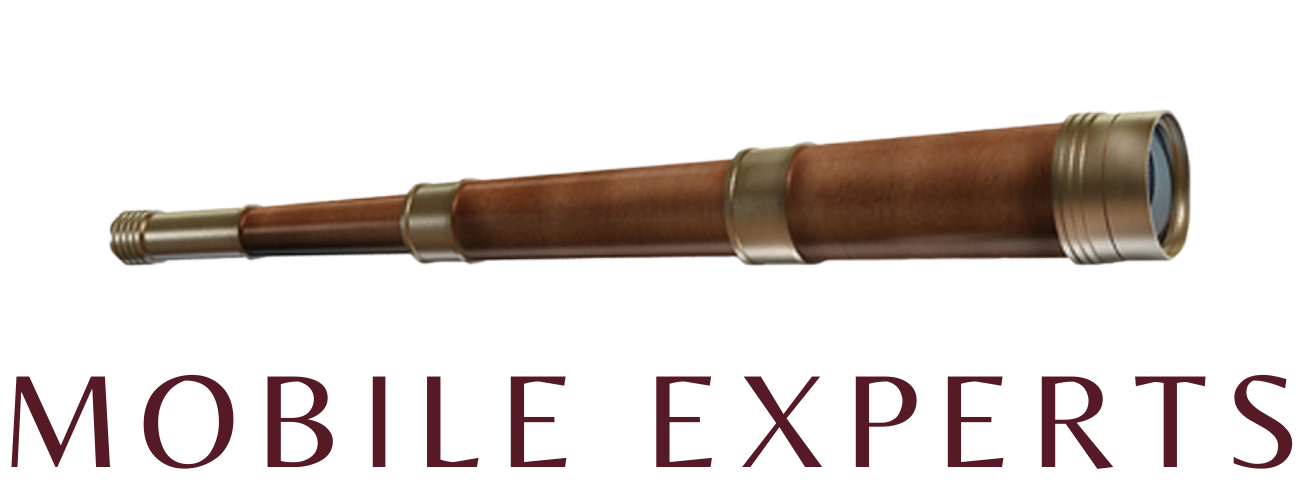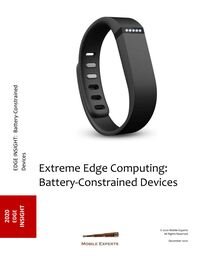 Image 1 of 1
Image 1 of 1


EXPERT INSIGHT: mmWave in Handsets-Super-Speed for Standing Around
With each new generation of handset (2G, 3G etc), there is an expectation from the consumer that data transfer speeds will improve, as a society we just want more. The introduction of 4G LTE was the first real high-speed data experience for most people. Gone were the data rates measured in kbps...now it was Mbps (Mega is good!). Therefore, it isn’t surprising that all the initial hype for 5G is related to improved speeds from the 4G experience. Now we are talking about Gbps...Giga must be better than Mega, right!?! Certainly, 5G has the capability to provide these Gbps speeds, but not all 5G is created the same since 5G has two distinct frequency bands, FR1 (sub-6GHz) and FR2 (>20GHz), that behave differently.
To be sure, the data rate using an FR2 band will always be fast. Today, essentially all consumers experience 5G on an FR1 band...which might be fast, and it might not. This Expert Insight will focus on FR2, the ‘always fast’ experience. We will provide a quick definition, dive into the history of the early products that support FR2, discuss how early generations of mmWave products will be improved and last but not least, provide an explanation as to why operators are investing in mmWave bands as part of their overall business strategy.
2020.
With each new generation of handset (2G, 3G etc), there is an expectation from the consumer that data transfer speeds will improve, as a society we just want more. The introduction of 4G LTE was the first real high-speed data experience for most people. Gone were the data rates measured in kbps...now it was Mbps (Mega is good!). Therefore, it isn’t surprising that all the initial hype for 5G is related to improved speeds from the 4G experience. Now we are talking about Gbps...Giga must be better than Mega, right!?! Certainly, 5G has the capability to provide these Gbps speeds, but not all 5G is created the same since 5G has two distinct frequency bands, FR1 (sub-6GHz) and FR2 (>20GHz), that behave differently.
To be sure, the data rate using an FR2 band will always be fast. Today, essentially all consumers experience 5G on an FR1 band...which might be fast, and it might not. This Expert Insight will focus on FR2, the ‘always fast’ experience. We will provide a quick definition, dive into the history of the early products that support FR2, discuss how early generations of mmWave products will be improved and last but not least, provide an explanation as to why operators are investing in mmWave bands as part of their overall business strategy.
2020.








